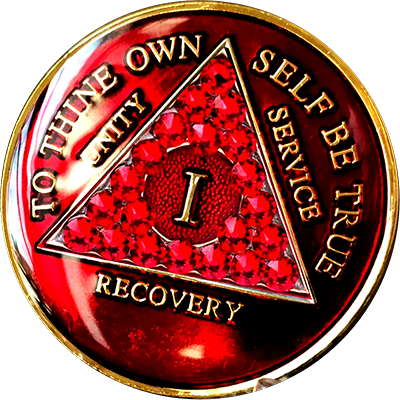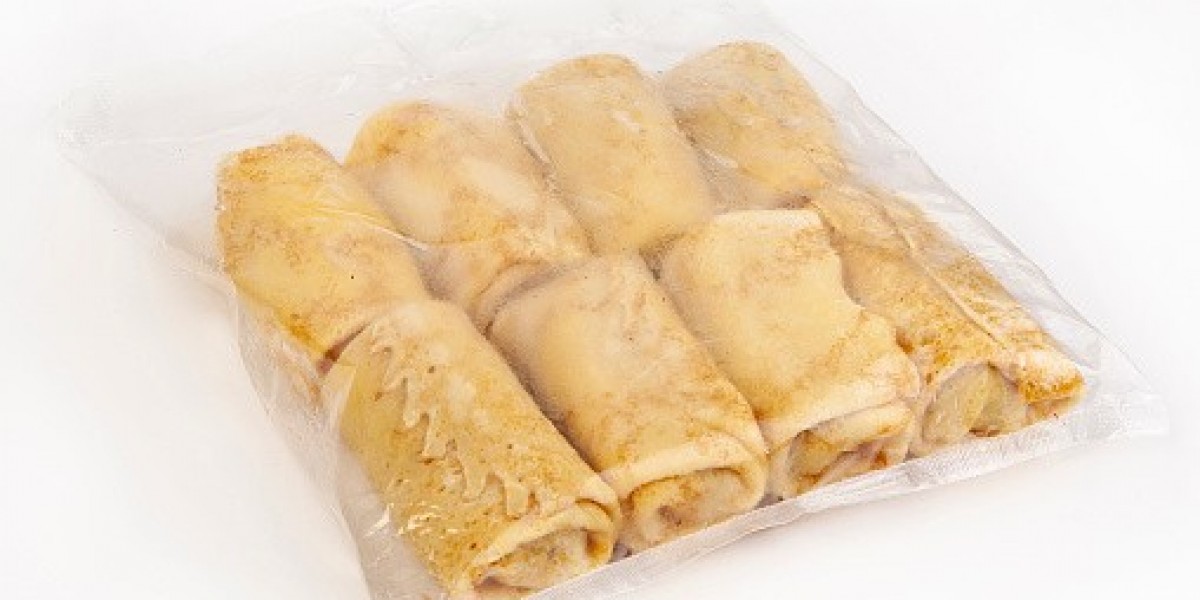Coins are often seen as everyday currency, passed quickly from one hand to another. Yet, within this vast flow of metal and mint, some coins stand out—either through age, error, or uniqueness. These rare coins are not just historical remnants but prized assets, capturing stories of ancient empires, royal transitions, and minting miracles. Whether tucked away in old trunks or showcased in private collections, rare coins continue to spark fascination and financial interest.
What Makes a Coin Rare?
The rarity of a coin isn’t solely based on how old it is. A coin becomes rare due to a combination of factors that make it harder to find and more desirable to collectors:
1. Minting Quantity
Coins that were printed in limited numbers—whether due to political change, economic reform, or accidental reduction—tend to be harder to locate today.
2. Minting Mistakes
Errors during production such as misalignment, double stamping, or missing details often increase a coin’s rarity and market value.
3. Special Editions
Commemorative coins or those minted to mark significant events like independence anniversaries, royal visits, or cultural milestones are often rare and collectible.
4. Discontinued Circulation
Coins that were withdrawn shortly after release, or replaced quickly due to changes in governance or policy, often become rare over time.
5. Condition and Preservation
The better a coin's condition—free of scratches, discoloration, or wear—the more valuable it becomes, especially if it is already considered scarce.
Famous Rare Coins from India
India’s vast and diverse history has produced some of the world’s most fascinating and collectible coins. A few notable examples include:
Silver Punch-Marked Coins (6th Century BCE): Among India’s earliest coins, marked with symbols rather than inscriptions, representing different kingdoms and trade guilds.
One Rupee 1911 “Pig Coin”: An error coin where the king’s robe resembled a pig, leading to its removal from circulation and rarity today.
Double Mohur of 1835 (British India): Made of gold, featuring William IV—this coin is highly sought after for its craftsmanship and scarcity.
Post-Independence Commemorative Coins: Issued during landmark events such as the 50th Republic Day or the 100th anniversary of Mahatma Gandhi’s return from South Africa.
How to Identify a Rare Coin
Not every old coin is rare, and not every rare coin is immediately valuable. Here’s what to check:
Date and Historical Context: Was the coin minted during a special historical period?
Mint Mark and Origin: Where was the coin produced? Some mints issued fewer coins than others.
Physical Errors: Does the coin show any signs of double strikes, missing images, or off-center impressions?
Metal Composition: Is the coin heavier or shinier than usual? It could be made of a more valuable alloy.
Using a magnifying glass and comparing with trusted coin catalogs can help you identify valuable features.
Why Rare Coins Are Collectible and Profitable
Rare coins blend historical intrigue with financial opportunity. Here's why they continue to attract attention from collectors and investors alike:
Historical Legacy: Rare coins capture important moments in time—rulers, revolutions, reforms.
Cultural Symbolism: Coins often bear emblems, languages, and designs that reflect a nation’s identity.
Limited Supply, High Demand: As rare coins are lost, damaged, or held in permanent collections, the market value for the remaining few increases.
Long-Term Investment: Well-maintained rare coins often appreciate over decades, providing solid returns.
Tips to Begin Your Rare Coin Collection
Interested in starting your own collection? Here’s how to begin smartly:
Check Family Collections: Often, rare coins are found in old trunks, suitcases, or inherited belongings.
Learn Coin Terminology: Understand terms like "uncirculated," "proof," "grade," and "mint mark."
Use Proper Storage: Keep coins in non-reactive holders and avoid touching their surface directly.
Avoid Cleaning Coins: Even a minor scratch can reduce the coin’s grade and market price.
Stay Informed: Follow coin-related exhibitions, magazines, and collector circles to stay updated on trends.
Conclusion: More Than Just Currency
Rare coins are more than metallic objects—they’re capsules of time, symbols of power, and pieces of untold stories. Whether you find one by chance or seek them with intention, each rare coin you collect adds a layer of history to your personal journey. In a world that often overlooks small details, rare coins remind us that even the tiniest object can hold immense value.
Important Links































